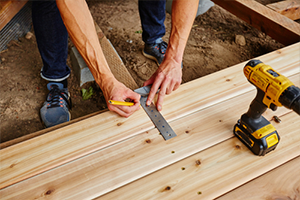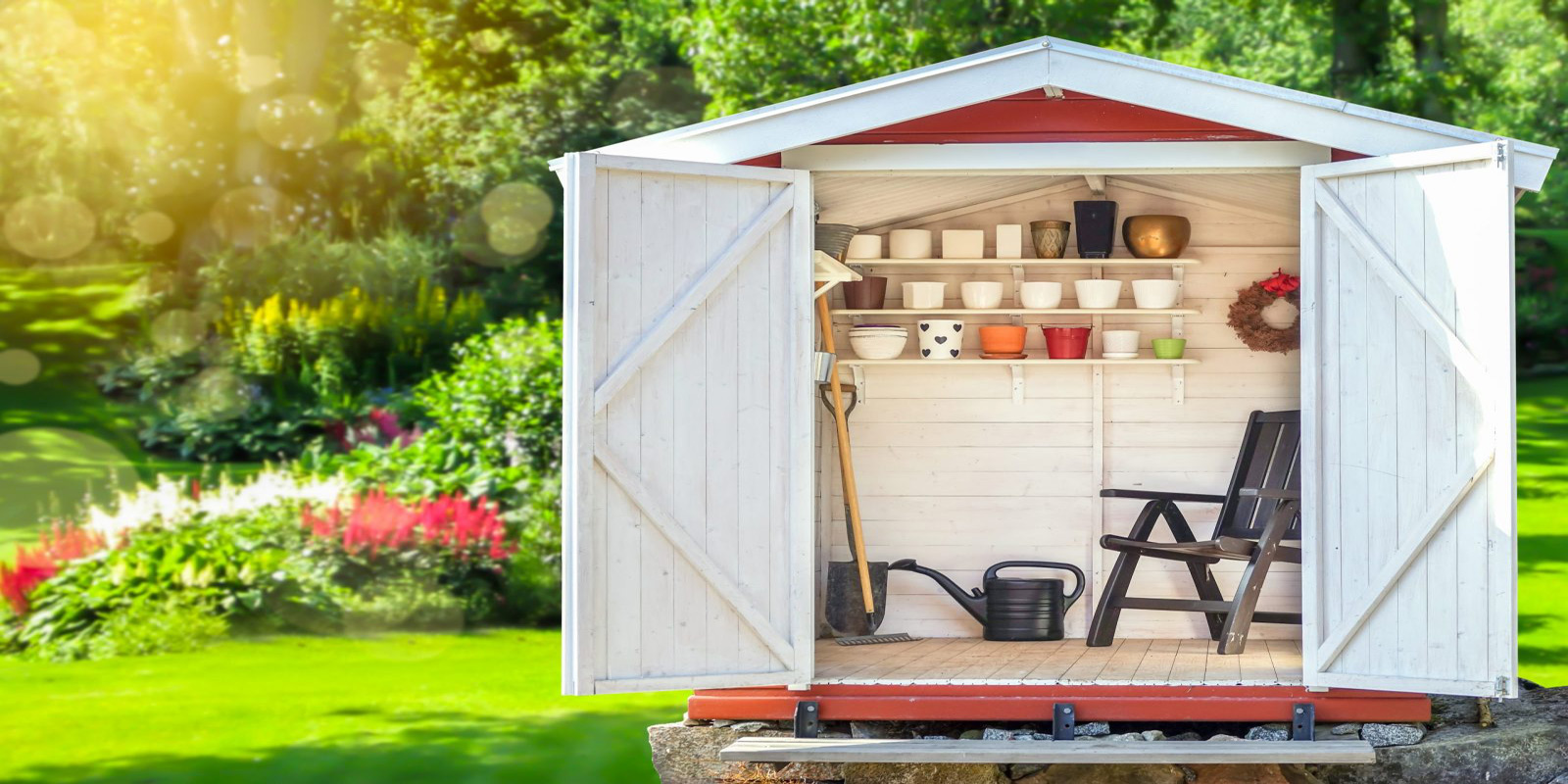Do you have a beautiful yard but feel like something is missing? A rain garden might be just what you need. A rain garden can help you protect the environment by repurposing and moving rainwater and runoff from your gutters into an attractive and colorful garden. In this post, read more what rain gardens, how they work and find out how to build one yourself.
What is a Rain Garden?
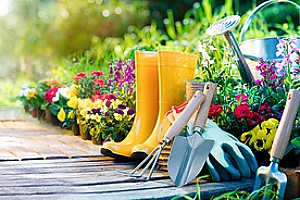 A rain garden is really a ‘garden pond.’ In other words, it is a garden bed that uses deep-rooted species of plants. By using plastic piping or stone channels to move your rain-runoff to your pond, and planting plants that readily absorb water in that pond, you can create a beautiful ‘garden pond’ and leave your home drier in the process.Concerned about heavy rainfall?
A rain garden is really a ‘garden pond.’ In other words, it is a garden bed that uses deep-rooted species of plants. By using plastic piping or stone channels to move your rain-runoff to your pond, and planting plants that readily absorb water in that pond, you can create a beautiful ‘garden pond’ and leave your home drier in the process.Concerned about heavy rainfall?
By keeping your pond away from your home’s foundation, you can direct the surplus of water into your storm sewer system, while keeping your rain garden entact. Moreover, if you are concerned about water hanging around for mosquitoes to linger in, you do not need to worry. The water will drain faster than mosquitoes are able to breed.
Getting Started
To get started building your rain garden, you will need a few key tools, including:
- A Spade
- A Level
- A Wheelbarrow
In addition to the tools listed above, you will also need the following materials:
- PVC pipe
- Landscape fabric
- River rock that measures 1-1/2 inches
- Native grasses and plants
- Decorative boulders and rocks
Step-by-Step Guide: How to Build a Rain Garden
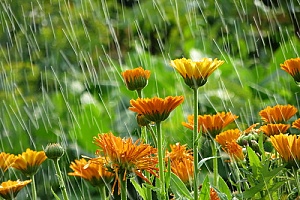 Ready to get started building your rain garden? Follow the step-by-step guide below and you should have no problem building a backyard garden pond for your yard.
Ready to get started building your rain garden? Follow the step-by-step guide below and you should have no problem building a backyard garden pond for your yard.
Step #1: Create a Berm
Start by creating a berm in a low spot in your yard. Next, build swales to help channel the runoff from your gutters to the parts of your yard that are higher.
The water will then be absorbed right into the soil given the plant roots. You want to make sure you select plants that have different water depths.
Step #2: Level the Yard
Double check your yard’s slope. You can do this using a straight, longboard and a level. You want a slope that is at least 1 inch in 4 ½ feet. This will allow water to flow into your rain garden as intended. If you find that you do not have this slop, you will need to create it if you want a functional rain garden. This can require some significant landscaping on your part.
- Find an area where the water will feed into it from driveways or low spots in your yard.
- Make sure your rain garden will be at least 10 feet away from your home. You do not want the water to become too saturated right up against your home’s foundation.
- Make an overflow zone for those particularly big rains you may get occasionally.
- Do not put the rain garden on top of underground utility lines or a septic tank. If you are unsure of the location of your utility lines, you can always call 811 to have them marked before you start any digging.
Step #3: Estimate the Depth and Size
Now you need to decide on the depth and size of your rain garden. This will depend on how quickly the soil absorbs the water. In ideal circumstances, average rainfall fills most of the garden but drains in about 24 hours.
- Dig a small sized test hole in the garden area. Fill it with water. See how fast it drains.
- Calculate how much runoff will be coming from the gutters.
- You really only want to catch the amount of water that can be absorbed in 24 hours.
Step #4: Choose the Appropriate Size
Choose the size of your garden. You can do this by estimating how much water would come off of your roof and through the spots. Keep in mind that a small garden still has its benefits.
Step #5: Choose Your Plants
Now you get to choose the plants of your rain garden. You want to choose that have average to moist water requirements. Put them in the deepest parts of your garden. On the edges that are highest, use plants that have average to dry water requirements.
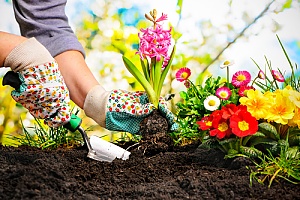
Step #6: Maintain the Rain Garden
Now, simply take care of your garden going forward. That means use mulch and weed it regularly. You can also put large rocks at the entrance of your garden for decoration or to help prevent really heavy rains from sweeping away your less mature plants.
Make sure you water your garden approximately one inch per week when it is dry out.
There you have it! A beautiful backyard garden pond that can keep your home protected from water run-off all year long!
Need some fill dirt for your rain garden project? Reach out to Dirt Connections. You can schedule a fill dirt delivery and get all your rain garden questions answered.
